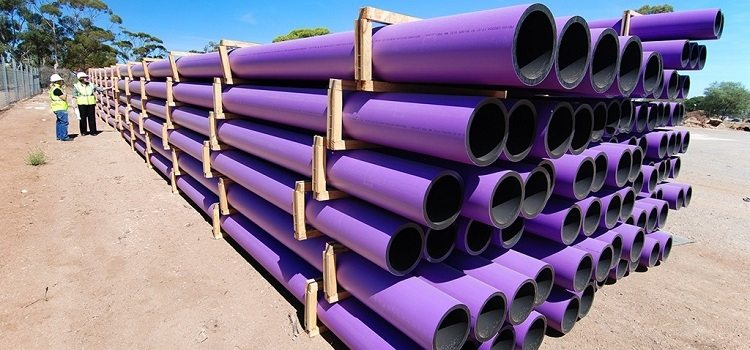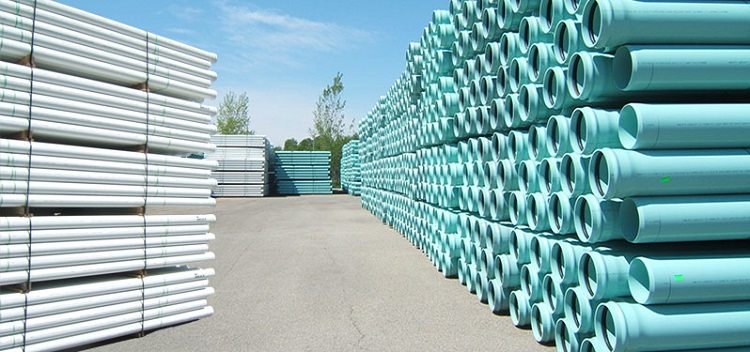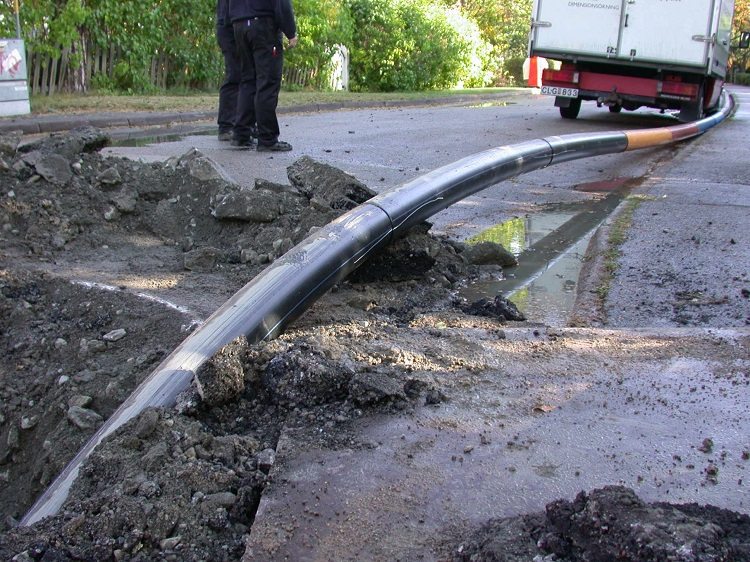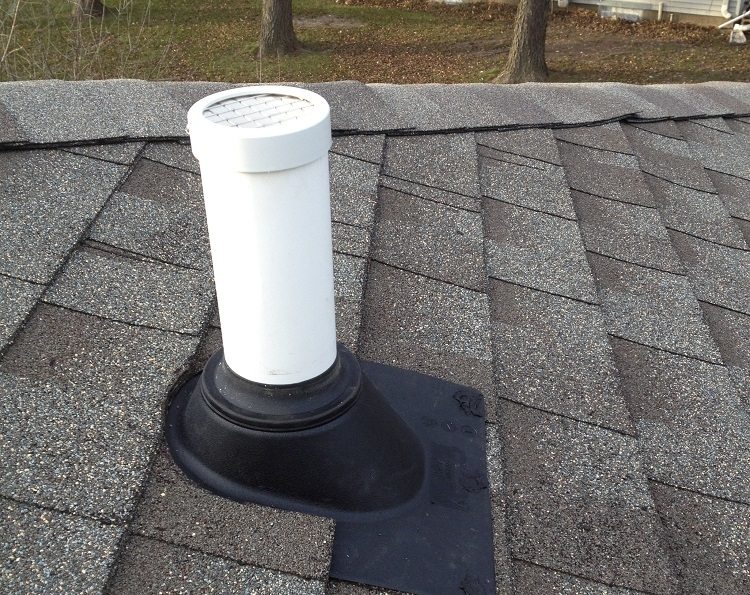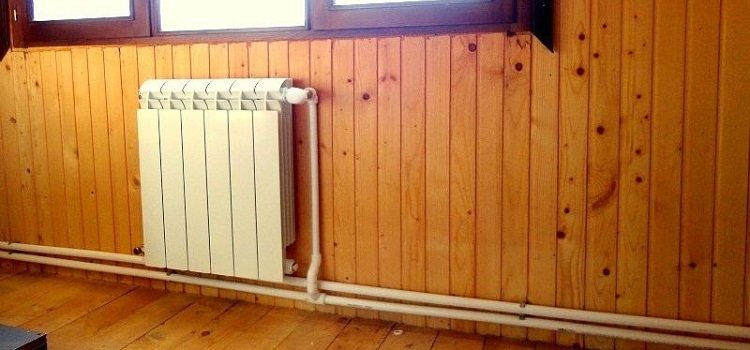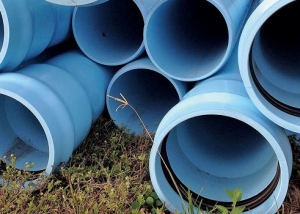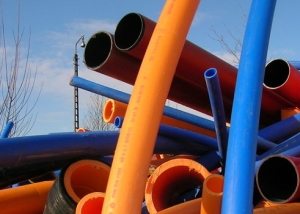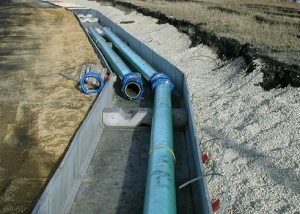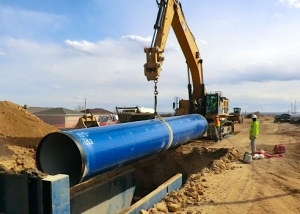Plastic products occupy a leading position in the modern market. Polymers were widely used in the 40s of the last century. Ever since plastic pipes, construction work has become more affordable and simple. The service life of polymers is quite long compared to metal products that quickly deteriorate due to corrosion.
Content
Materials for plastic pipes and their characteristics
To know how to choose the right plastic pipes, you need to take into account the characteristics of each of the varieties.
PVC plastic pipes. This kind of plastic pipe is very flexible, easy to install and welding. PVC pipe for water supply withstands temperatures up to +80 degrees. Their linear expansion coefficient (+60 degrees) is the lowest of all plastic products. PVC pipe is usually white or blue without marking strips. But it should be taken into account that flexible PVC products should not come into contact with aggressive diluents, since the structure of the plastic will be destroyed.
Pipes made of polypropylene (PP). Dense products whose service life at temperatures below working (+95 degrees) reaches 50 years. Such pipes are both thin-walled and relatively thick-walled. Rigid PP pipe connected by diffuse welding. Recently, thin-walled polypropylene pipes reinforced with fiberglass or aluminum have also appeared. Their functional characteristics are an order of magnitude higher than conventional PP pipes. The marking of plastic pipes made of polypropylene contains data by which it is easy to distinguish reinforced products from simple ones and find out the type of additional layer.
Polyethylene pipes (PE). Most often used in conditions with low temperatures. Well suited for outdoor piping, casing wells. Polyethylene begins to soften at +40 degrees, so the optimal service life of such a system will be ensured when working with cold water. Such pipes are usually black with a marking strip or without it.
When choosing a product, you need to pay attention to what temperature a particular type of plastic can withstand. Then the service life of a plastic pipe, which is in constant use, will be measured in tens of years. Thick-walled plastic pipes are used in conditions with increased requirements for wear resistance. The wall thickness of the reinforced products reaches 22 mm.
Plastic pipes for sewerage and water supply
In the installation of plumbing systems, the use of plastic thin-walled pipes is common. For sewers, you can choose round PVC pipes. They are resistant to chemicals prevailing in stock water. Home sewage systems are laid using sewer pipes with a diameter of 50 mm. High-pressure sewers used in apartment buildings or public buildings will be installed from pipes with a diameter of at least 200 mm. When creating a pressure sewer, thick-walled (reinforced) or corrugated products.
Thin-walled sewer pipes are connected bell and socketless methods.
Helpful advice! Flexible PVC pipes have proven negative in plumbing systems. Their service life at a constant pressure may not exceed even several years, while the HDPE pipes can provide much longer operation. PVC products are best chosen for drains.
For laying water pipes in the ground, low-pressure polyethylene pipes are widely used. These are black plastic pipes with blue marking strips, very light, flexible and durable. Compound such products can be made both welded and detachable (fitting). There are also adapters from plastic to metal pipes.
The polypropylene pipe is not suitable for laying in the ground, as it does not tolerate low temperatures. This white pipe made of hard plastic is used for communications inside the house.
Flexible water supply systems function better, the rigid part of the nodes should have a minimum percentage of the total length of the pipeline. The fastening to the walls using plastic elements must be movable so as not to impede the expansion of the pipe when fluid enters.
The use of plastic pipes for cable laying and ventilation systems
Full protection of the cable from damage during operation can provide electrical thin-walled pipes. Rigid PVC plastic tubes serve as a frame for the cable, they are easier to use than galvanized products. A rigid pipe can be mounted on substrates with a low degree of flammability or laid in concrete.
Rigid PVC pipe is available in diameters from 16 to 75 mm. The length of their segments is relatively small, from 2 to 6 meters. To protect the cable of low-current networks, thin-walled tubes with a diameter of 16 mm are used. Such a handset can be selected for laying a telephone or television cable. A thick-walled rigid pipe is laid on materials of any combustibility, and is also mounted in the ground. The rigid pipe is connected using couplings.
Helpful advice! For optimal cable protection, a rigid, smooth pipe must be connected as tightly as possible to the remaining segments and to the box. When laying the cable to a depth of more than 2 meters, a protective concrete layer with a size of 80 cm or more is required.
For ducts, square plastic pipes are designed, which are relatively recently on sale. Square or rectangular plastic pipes are suitable for mounting ventilation ducts in residential and non-residential premises. But such a pipe is not used when transporting hot air and steam.
The diameter and cross-section of the pipe determines how quietly the ventilation systems work. Wide-profile designs have the best ability to reduce noise. Square pipes are inferior in capacity to oval-shaped products. To reduce the likelihood of clogging of a rectangular plastic duct, it is recommended to treat the pipe with an antistatic solution. A rectangular plastic pipe is usually white and does not spoil the interior of the room (for example, the kitchen).
Reinforced plastic pipes in heating systems
The life of the heating system depends on what temperature the plastic pipe selected for the installation of the network can withstand. The thick-walled reinforced pipe having a multilayer design copes with pressure drops and high temperatures perfectly.
Thick-walled pipes reinforced with aluminum will be labeled PPR-AL-PPR, and fiberglass will be labeled PPR-FB-PPR.Fiberglass pipes appeared on the market later and have a higher cost, but they were not found to have flaws. If the durability of the heating system is important, it is better to choose a pipe with fiberglass reinforcement. The reinforced plastic pipe is usually not white, but gray, although different colors are possible, it all depends on the manufacturer.
Pipes reinforced with metal foil need to be stripped of the metal layer before soldering. Without this procedure, the joint will not be airtight due to delamination of aluminum and plastic. Fiberglass reinforced products are mounted like ordinary polypropylene pipes.
Before starting any construction work, you need to study the types of plastic pipes offered by the market, get acquainted with the technical properties, advantages and disadvantages of each type. It is possible to provide a long service life of any communication when the product characteristics meet the requirements of a particular system.
